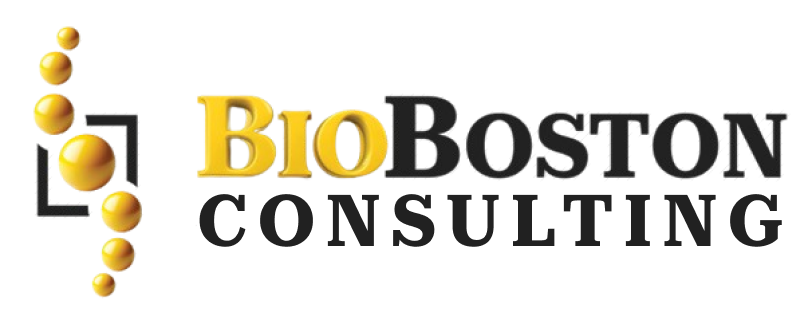Discover best practices for seamless technology transfer in the life sciences industry. Learn how regulatory compliance and collaboration can enhance your tech transfer processes.
In this article, we delve deeper into the ways in which a provider of quality and regulatory consulting services can assist in transferring technology between facilities within the life sciences industry communicating best practices.
Introduction
One of the most important things to do in the constantly moving landscape of the life sciences industry is to take part in technology transfer that proceeds without a glitch. Technology transfer is the transfer of manufacturing processes, product formulations or equipment setup from one location to another that plays the key role in ensuring quality, efficiency and regulation compliance.
How the Tech Transfer Process Works
Technology transfer within the Life Sciences industry involves a systemic and well-defined process of transferring knowledge, products, processes or services to an organization in another geographical location. This could be the exchange of results from research, laboratory processes, manufacturing methods or an entire production line.
These are common types of transfers that occur when a business grows, decides to operate offshore or partners with another external source.
Stages in Technology Transfer
Planning and Initiative:
During this initial phase, stakeholder groups are established and objectives are set to understand the requirements for technology transfer. A further step is to look at all the necessary regulatory needs and how to make sure that they fit into your quality standards right from the beginning.
Development and Characterization:
This includes the phase of producing quality data to progress technology translation. This includes process optimizations, equipment qualifications and analytical method validations. At this stage, regulatory compliance is critical. Based on your process, the type of activities includes Validation and Qualification. In this step, you have to validate the transferred technology, equipment and also processes which are critical. In-depth validation studies are required and all data must be regulatory compliant.
Execution and Monitoring:
The delivery of the technology transfer involves things like training staff, maintaining documentation, and monitoring activity. It helps in identifying and addressing any deviations promptly through Real-time monitoring.
Conclusion and Post-Transfer
The completion of the tech transfer project includes closure documentation, transfer of knowledge, and post-transfer support to secure continued success.
Seamless Technology Transfer Best Practices
Regulatory Expertise:
Work with a quality and regulatory consulting firm that specializes in the life sciences industry. Having the firm oversight ensures that the tech transfer process stays compliant with regulatory requirements.
Cross-Functional Team
Use a collective team including personnel from R&D, Manufacturing, Quality Assurance and Regulatory Affairs. For organizations to succeed, communication is paramount as well as collaboration.
Risk Assessment:
A risk assessment allows you to look at your process and identify possible weak points as well as pitfalls that may come up in the tech transfer process. This enables a more proactive approach to risk mitigation.
Document:
Keep all correspondences during the tech transfer process as detailed and organized notes. Records, data and reports must be compliant with regulatory requirements.
Training:
Train all QC and lab personnel involved in tech transfers. Make sure they realize the importance of meeting regulations as well as the specifics on what needs to be done for a transfer.
Continuous Improvement: Establish a culture of improvement. Monitor and analyze the tech transfer process to locate parts that would be optimized.
Regulatory compliance audits
Schedule internal audits to make sure that all processes and documentation are maintained in accordance with the rules.
Conclusion
Implementing technology transfer protocols flawlessly in life sciences can be done with careful planning and execution to exemplary standards to achieve a high level of regulatory compliance.
Through collaboration with a life sciences-specific firm that serves the quality and regulatory needs of clients, businesses can enhance their new product tech transfer processes.
Effective technology transfer built on appropriate strategies and best practices verifies regulatory compliance and drives better product quality, productivity, and creativity in life sciences.
If you want a consultation for your organization, feel free to contact BioBoston Consulting or give us a visit at our website.


